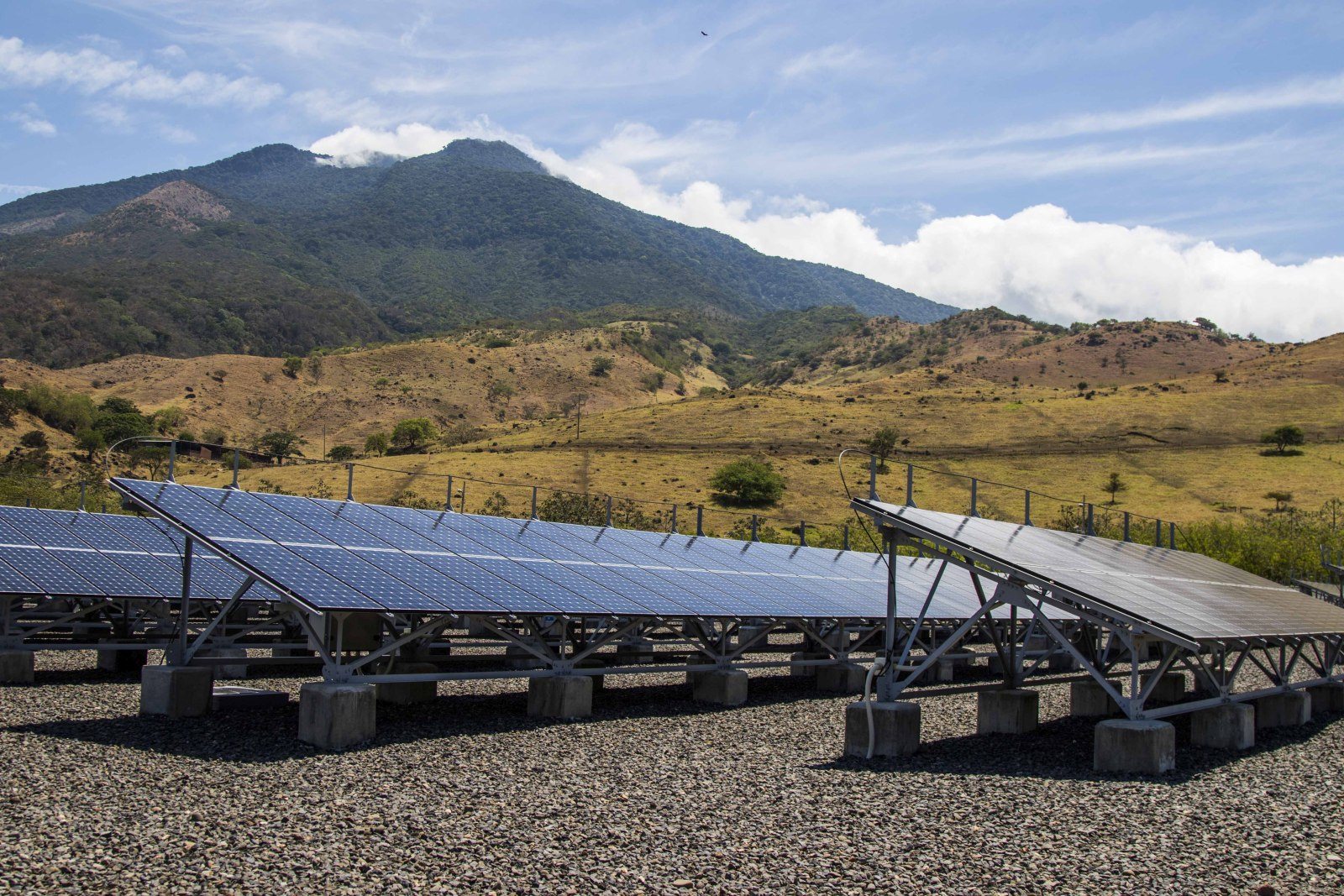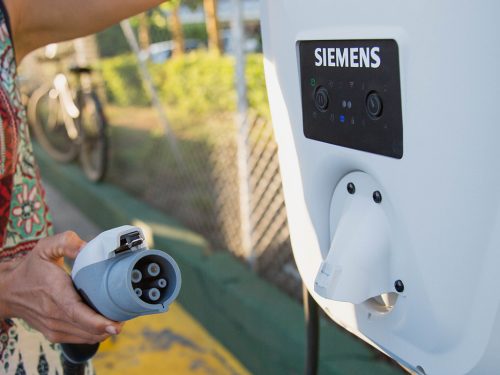
Before the end of 2017, Guanacaste will have four charge stations – electricity stations for recharging electric vehicles – as a result of a Coopeguanacaste Cooperative initiative.
The cooperative told The Voice of Guanacaste that the charge stations will be located in Nicoya, Santa Cruz, Huacas and Sardinal.
This is part of an initiative by Costa Rica’s National Consortium of Electrification Companies Conelétricas R.L.), which Coopeguanacaste is a member of, and plans to install charge stations at various spots around the country and support initiatives that promote electric transport, such as the bill in the Legislative Assembly to incentivize electric transportation.

The country already has 15 charge stations in operation. Through cooperatives that make up Coneléctricas, the consortium installed one in Ciudad Quesada de San Carlos, in Bajo Los Rodríguez de San Ramón and they will soon open others near the Los Santos wind farm, the central offices of Coopesantos, in San Marcos de Tarrazú and Zarcero. There is already one at Jacó Walk in Puntarenas, nine in San Jose and three in Heredia.
Engineer Jairo Quirós, coordinator of the Energy and Power Research Laboratory (EPER-Lab) at the University of Costa Rica, explained that whether it’s in Guanacaste or another part of the country, what defines the feasibility for the use of electric vehicles are the habitual trips that people make.
Electric vehicles can travel between 120-150 kilometers (75-93 miles) on a full charge, but, according to Quirós, a driver can’t travel from Guanacaste to San Jose because there is still no charge station along the different routes to stop and recharge.
As of now, recharging a vehicle is free at any of the charge stations in the country since the Public Service Regulatory Authority (Aresep) has still not assigned a rate to recharging vehicles. It is estimated that the approximate cost for fully recharging a vehicle is ¢2,000 ($3.57).
How does Guanacaste Migrate to Electric Transport?
In Guanacaste there is already a bus that runs on hydrogen that belongs to the Ad Astra Rocket company. At the University of Costa Rica’s Guanacaste campus, the coordinator for the electrical engineering school Erick Chinchilla is performing research on the environmental, legal, administrative and technical aspects of electric vehicles in the country.

Chinchilla, who worked for three years at Ad Astra Rocket, has the idea of creating an experimental vehicle prototype using the findings of his research as a basis, though in order to achieve this he needs alliances to finance the construction of the prototype.
The researcher said that once he has the necessary information, they will approach tourism companies to offer services that allow them to migrate quicker.
Álvaro Conejo, executive director and president of the Guanacaste Tourism Chamber (Caturgua) explained to The Voice of Guanacaste that right now the province doesn’t have initiatives to migrate to electric transport beyond the use of golf carts at hotels.
“There’s no real government support right now,” Conejo said. “I don’t see anyone who would be able to switch their fleet of work vehicles to an electric one because the state isn’t even developing things in that sense.”
The Guanacaste campus researcher Erick Chinchilla thinks that a first step for migrating to electric transportation is having information about the benefits and characteristics of electrifying transport.
That’s why, at the UCR’s Guanacaste campus they have hosted conferences about electric mobility in the spirit of Chinchilla’s research.
Additionally, Chinchilla said he’s available to any company or person that wants to have a meeting or a conference to discuss the topic further. Anyone who wishes to contact him can write to him at this email: [email protected]
While the province and the country may be baby stepping towards electric mobility, there is one factor that supports the electrification of transportation, and that is the fact that 99% of the electricity that the country consumes comes from renewable energy sources.
In this sense, Costa Rica already has an established context for sustainability and clean electricity production with which it can electrify its transportation.







Comments